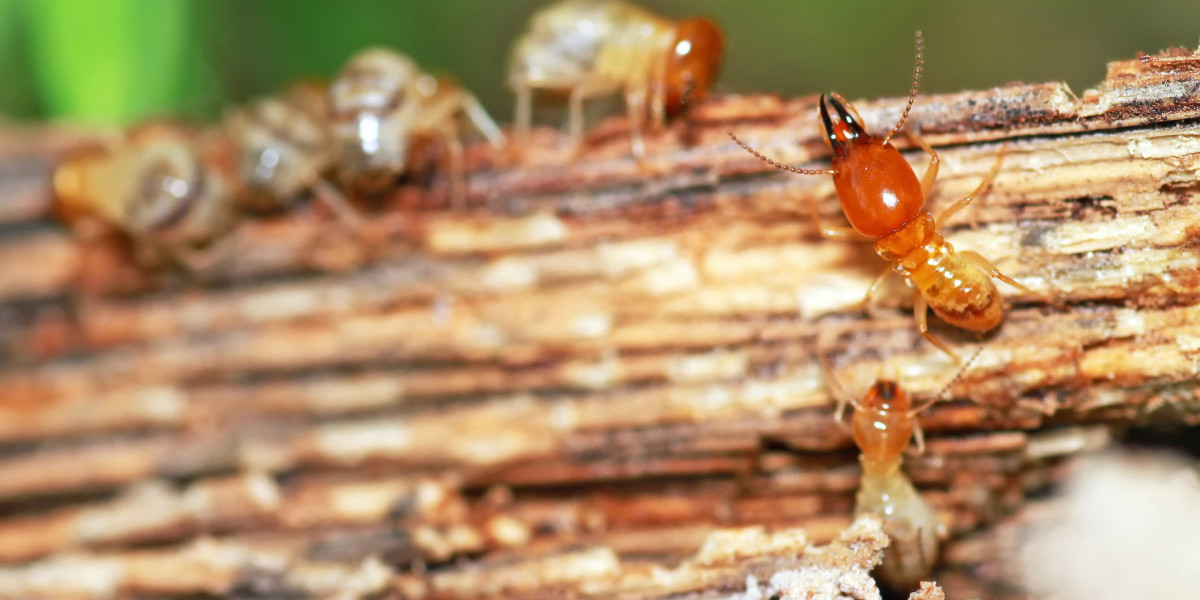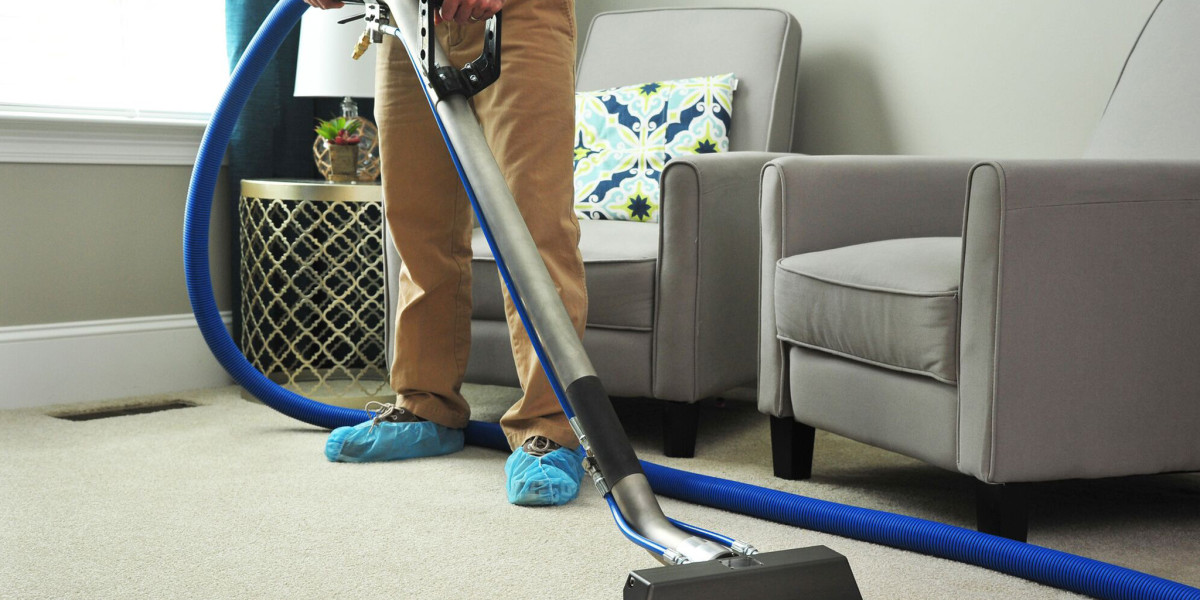While adult termites are often the focus of pest control efforts, it’s the early stages—tiny baby termites—that can go unnoticed and cause significant damage before anyone realizes there’s a problem. Recognizing the early warning signs of these tiny invaders is crucial for preventing a termite infestation from escalating.
If you suspect you may have an infestation, learning about tiny baby termites is the first step to protecting your home. These immature termites may be small, but their impact is anything but insignificant.
Understanding Tiny Baby Termites
Tiny baby termites, also called nymphs, are the immature form of termites that hatch from eggs laid by the termite queen. They go through several developmental stages before reaching adulthood, during which they begin to feed on wood and other cellulose-based materials in your home. Because of their small size and hidden lifestyle, baby termites often remain undetected until the damage is already extensive.
Unlike adult termites, which can be seen swarming during certain times of the year, baby termites typically stay inside the wood, making it harder for homeowners to spot them early. Understanding their lifecycle and behaviors can help homeowners spot the signs of their presence before it’s too late.
Why Early Detection Matters
Early detection of termite activity is vital for effective pest management. Tiny baby termites can multiply rapidly, expanding their colonies and increasing the rate of destruction. The sooner you identify their presence, the better chance you have of stopping the infestation with minimal damage and lower treatment costs.
Ignoring the early signs can lead to:
- Structural damage to your home’s wooden framework
- Devaluation of your property
- Expensive repair and treatment bills
- Increased health risks due to mold growth from moisture damage
Common Early Warning Signs of Baby Termites
Identifying baby termites directly can be challenging, but several early warning signs can alert you to their presence. These subtle clues should not be ignored:
1. Mud Tubes on Walls and Foundations
Termites build mud tubes or tunnels made of soil, wood particles, and saliva to protect themselves as they travel between their nest and feeding sites. These tubes are typically about the width of a pencil and can appear on walls, foundations, or wooden surfaces. Seeing these mud tubes is a strong indication of termite activity, including the presence of baby termites inside.
2. Swarmers or Discarded Wings
During certain seasons, mature termites develop wings and swarm to establish new colonies. While baby termites themselves don’t swarm, finding discarded wings near windowsills, doors, or other entry points can suggest a nearby colony with active nymphs inside.
3. Hollow-Sounding Wood
When termites feed on wood, they consume the interior, leaving a thin veneer on the surface. Tapping on wood in your home and noticing a hollow or papery sound may mean baby termites have started eating away at the wood.
4. Tiny Holes in Wood or Drywall
Baby termites create small tunnels and galleries as they feed, which sometimes result in tiny pinholes on the surface of wood or drywall. These holes might be difficult to see but are a telltale sign of infestation.
5. Presence of Frass (Termite Droppings)
Termite droppings, called frass, look like small pellets or sawdust and are usually found near the feeding area. While this is more common with drywood termites, spotting frass near wooden structures can indicate baby termite activity.
How Baby Termites Develop and Spread
Baby termites are born from eggs laid by the queen and go through several molting stages. As they grow, they take on different roles within the colony, including workers, soldiers, and reproductive termites. Worker nymphs are responsible for feeding and expanding the nest by tunneling through wood and soil.
Because baby termites rely on the protection of the colony, they tend to remain hidden within wood or mud tubes until they mature enough to join swarms. This hidden behavior makes early signs like mud tubes and wood damage crucial indicators of their presence.
Factors That Encourage Baby Termite Infestation
Certain environmental and structural conditions can increase the risk of a termite infestation and the presence of baby termites in your home:
- Moisture: Termites thrive in damp environments. Leaky pipes, poor drainage, or excess humidity can create ideal conditions.
- Wood-to-Ground Contact: Wooden structures touching the soil provide easy access for termites.
- Cracks and Crevices: Small openings in your foundation or walls can serve as entry points.
- Clutter and Debris: Wood piles, mulch, and debris near your home attract termites and encourage colony development.
Addressing these factors proactively can reduce the chances of an infestation.
Identifying Baby Termites: What Do Baby Termites Look Like?
Because baby termites are so small and resemble ants or other insects, it’s important to know exactly what to look for. If you want to learn more about what do baby termites look like, this knowledge can help you differentiate termites from harmless insects and take swift action.
Generally, baby termites are creamy white or pale in color, soft-bodied, and wingless (unless they are near maturity). They have straight antennae, unlike ants, which have elbowed antennae. Their small size and translucent bodies make them hard to spot, but catching even a glimpse can be a sign of a larger problem.
Professional Inspection and Treatment
If you suspect the presence of tiny baby termites in your home, it’s critical to act quickly by contacting a pest control professional. They have specialized tools and knowledge to detect and eliminate termite colonies before serious damage occurs.
Professional inspections often include:
- Visual checks for mud tubes, damaged wood, and termite droppings
- Moisture and wood damage assessments
- Use of termite detection tools like moisture meters and infrared cameras
Treatment methods vary depending on the type and extent of infestation but may include liquid termiticides, baiting systems, and wood treatments.
Preventative Measures to Protect Your Home
Prevention is always better than cure. Here are some practical steps you can take to reduce the risk of baby termite infestations:
- Reduce moisture: Fix leaks, improve drainage, and use dehumidifiers.
- Remove wood-to-soil contact: Maintain a gap between soil and wooden structures.
- Seal entry points: Fill cracks and holes in foundations and walls.
- Store firewood properly: Keep firewood away from the house and off the ground.
- Regular inspections: Schedule routine termite inspections, especially if you live in a termite-prone area.
Conclusion
Tiny baby termites may be small, but their potential for destruction is enormous. Ignoring the early warning signs can lead to significant damage to your home and costly repairs. By staying vigilant and recognizing indicators such as mud tubes, hollow wood, and discarded wings, you can act early to prevent an infestation from taking hold.
Remember, understanding tiny baby termites and knowing what do baby termites look like can be your best defense against these silent invaders. Don’t hesitate to consult with pest control professionals for inspections and treatment to keep your home safe and termite-free.
Ask ChatGPT



